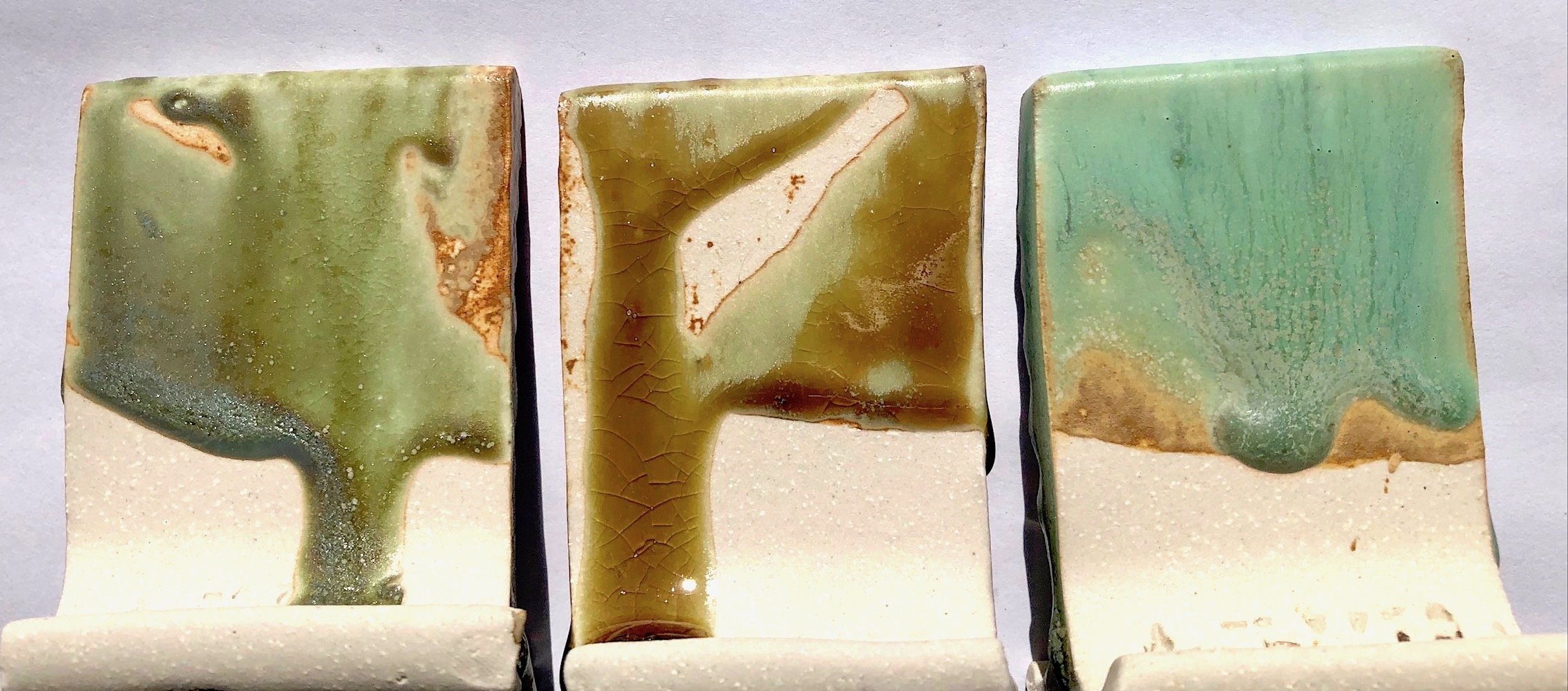This is fine
Welcome to the 2020’s (I wish I knew who created this meme/cartoon. It’s priceless.)
I had an exchange with a social media friend the other day about distraction. It centered around our tendency to quell our anxiety by distracting ourselves with inane scrolling through Instagram feeds, the question being: why do we do this? My feeling is: things really are so overwhelming currently, we try to validate "normality" by seeking evidence in other people's depictions of their "normal, everyday" activities, even if they are deceptive. However, that validation we seek is at odds with the overload of information we're all experiencing every day via global events and our personal life experience. I don't think anyone is immune to being anxious on some level any more.
And yet we still seek some sense of routine and normal-ness. Paraphrasing a tweet I saw the other day: "So let me get this straight, the Apocalypse is coming and we're all just going to keep working like normal?" Pretty much.
With more time to myself and more time to reflect, my routine is now centered around online classes with Ceramic Materials Workshop as I finally untangle the technicalities of the materials I work with in my studio. Knowledge is power they say, and all the science around the materials I use has grounded my emotions when they've been so unmoored for the last several years, only to be released into a mature pandemic and multiple geo-political crises at once.
No, really, everything is OK.
So, come along with me as I "This is fine" my way through the burgeoning Apocalypse. Come with me on my re-discovery of the periodic table of elements, Seger Cone Theory and the Stull Chart. Watch as I trade out fluxes and alter silica and clay levels and play with colorants on a base glaze. Science is my touchstone in the madness. From the science, the art will rise out of the ashes.
Cone 10 test tile, Strontium Chinese Bronze
The base glaze:
I found a recipe on a site called glazy.org to play with for this first course (Understanding Glazes) with CMW. This glaze is based on an Ayumie Horie glaze recipe at cone 10 (2350ºF) but with strontium carbonate for the second flux instead of her original barium carbonate. It’s a nice antique green color with some bluish crystals. The surface texture is on the satin-matte side with a nice soft touch.
In exploring the glaze, swapping out the materials helped me understand what each material brings to the glaze. The CMW class delves into the technical chemistry on how you intelligently swap out those materials so you don't have to blindly make test tiles. I now understand more thoroughly the components of a glaze beyond the "flux, refractory, glass former" explanation given in most ceramic instruction. To be fair to all my instructors, glaze chemistry is it’s own beast and most universities don’t want to add those hours needed to degree requirements. Nevertheless, if you’re going to pursue a career in ceramics, particularly functional ceramics, in hindsight, it’s worth the hours.
Fluxes consist of alkaline metal and alkaline earth fluxes and each category is responsible for different things. Additionally, the proportion of each flux in a glaze is what determines whether that glaze will be durable or not over time (among other things). So moving forward, glazes I make will be much more durable for the user. If someone asks, "Can I put this in the dishwasher?" I can confidently say, "Yes!" and know why. If I'm having problems in the studio with glaze flaws, I can troubleshoot on my own and not just "try adding xxx" in random amounts, crossing my fingers that I'll solve my problem without having to try five new recipes and hope that one works. If I want to alter the gloss or surface appearance of my glazes, I now know how to do that.
Here are some tiles of my experiments:
The basic strontium-based glaze recipe with all the nepheline syenite, an alkali metal flux, removed.
The same glaze recipe but with all the strontium carbonate, an alkali earth flux, removed. Boy, did it really change the whole color and character of the glaze!
The basic recipe, from left to right, with all the ball clay and silica and colorants removed. Even with the colorants removed, the glaze still retains its matte texture.
And now some test tiles with substitute feldspars:
From left to right, the basic glaze recipe trading a soda feldspar, a potassium feldspar and a lithium feldspar for nepheline syenite. The type of feldspar used brings different chemical properties to the glaze components in surprising ways.
The same recipe trading out the strontium carbonate back to the original barium carbonate and then switching that out for zinc oxide. In a later post, I’ll talk about the use of barium vs. strontium and common warnings about using barium and other materials in glazes.
The zinc oxide substitution completely altered the color.
Next post: I'll put up some test tiles where I play with the colorants. Yummy colors!









